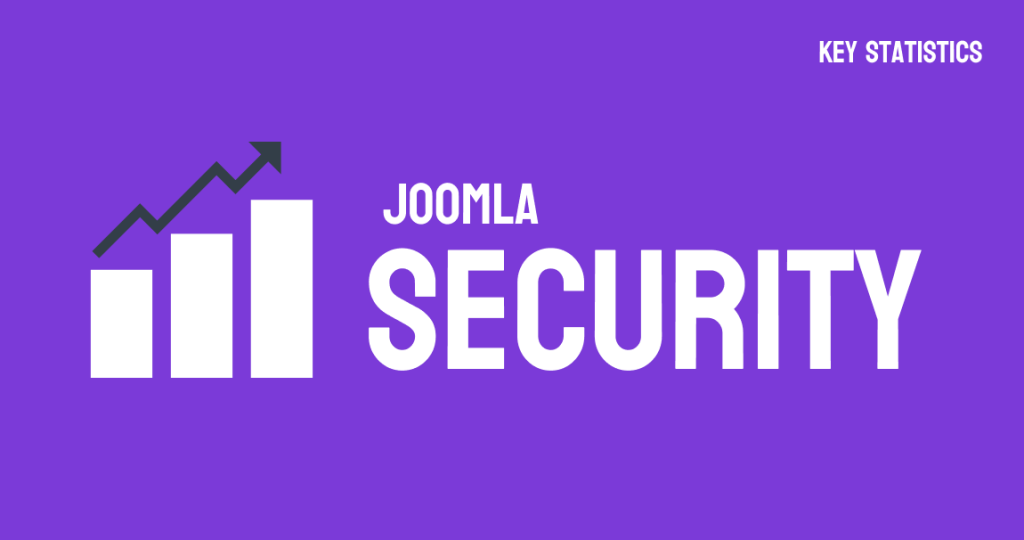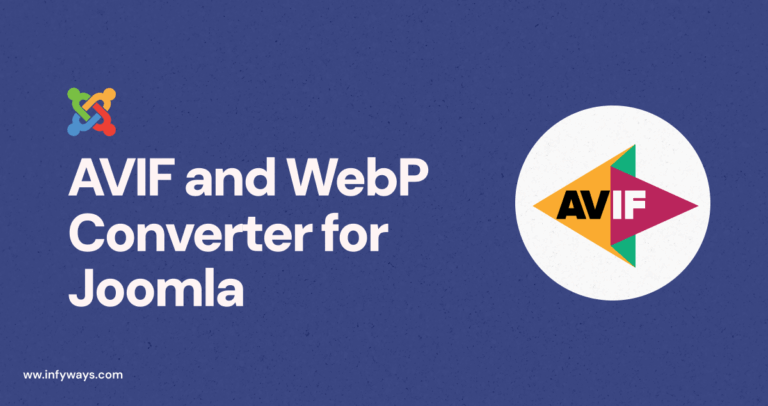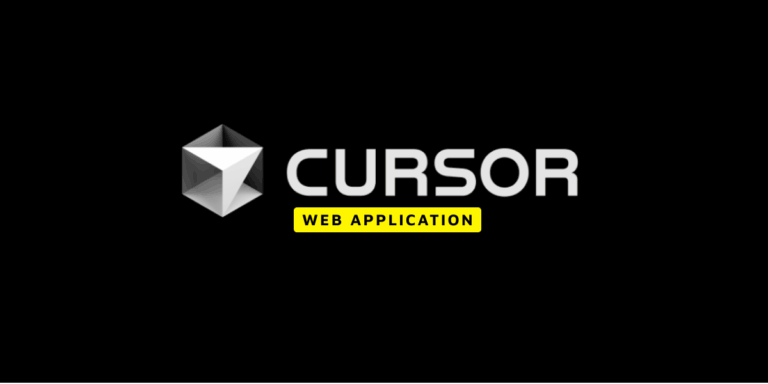As we step into 2025, ensuring the security of your Joomla website is more critical than ever. With cyber threats evolving rapidly, this blog dives deep into why securing your Joomla site should be your top priority this year. From revealing alarming statistics to practical tips, let’s navigate how you can stay ahead of potential vulnerabilities.
Why Write About Joomla Security in 2025?
The decision to address Joomla security on the first day of 2025 stems from the growing sophistication of cyberattacks. Websites powered by Joomla continue to be significant targets due to their popularity. Imagine the chaos of a breached site: stolen data, eroded trust, and disrupted operations. This blog is here to equip you with the tools to prevent such scenarios.
Joomla’s Market Share and Associated Risks
Joomla powers approximately 2.4% of websites using a CMS as of 2025 (Sucuri Report, 2024). Although this is smaller compared to WordPress’s dominance, it still makes Joomla a tempting target for cybercriminals. A compromised Joomla website can result in:
- Data breaches affecting user information and business assets.
- Downtime that disrupts operations and erodes customer trust.
- Reputational damage that can take years to rebuild.
Statistics That Highlight Security Concerns
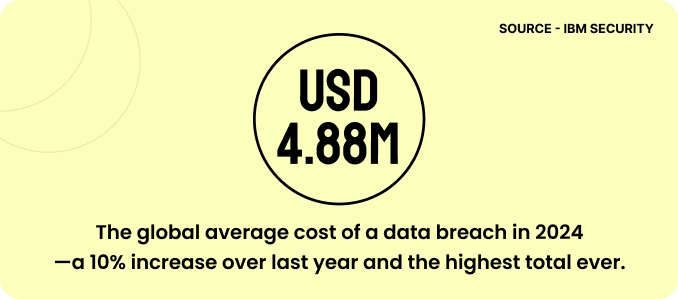
Frequency of Joomla Hacks
In 2024, Joomla accounted for 1.7% of all CMS-related infections according to a Sucuri report (Sucuri Report, 2024). Additional data reveals:
- 39.1% of CMS sites attacked were running outdated software.
- 49.21% of compromised sites had backdoors installed by attackers.
These figures highlight the necessity of keeping Joomla core and extensions up to date.
Vulnerable Components in Joomla
One startling fact is that 13.97% of hacked websites had at least one vulnerable component (Sucuri Report, 2024). This underscores the importance of scrutinizing plugins, extensions, and templates for security flaws.
Common Joomla Vulnerabilities
SQL Injection
SQL Injection attacks exploit weaknesses in your database management. They allow attackers to access sensitive information or manipulate your data. Picture this: an attacker gaining full access to your website’s data through a simple exploit. To prevent such scenarios:
- Limit database permissions.
- Use strong, unique credentials for your database.
- Keep all Joomla components updated.
Cross-Site Scripting (XSS)
XSS attacks involve injecting malicious scripts into your website’s content. The result? Compromised visitor data and damaged trust. To safeguard against these:
- Sanitize and validate all user inputs.
- Use reputable extensions with built-in security measures.
Strengthening Joomla Security: Best Practices
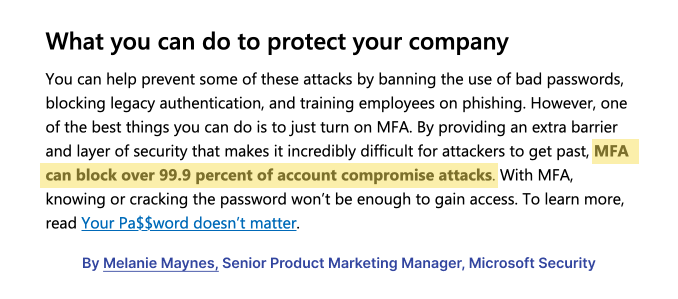
Keep Joomla Updated
Updating Joomla and its extensions regularly ensures you’re protected from known vulnerabilities. Did you know? Joomla’s team is swift with patches, often releasing them within days of vulnerability detection. Enable automatic notifications to stay informed about updates.
Enable Two-Factor Authentication (2FA)
Passwords alone aren’t enough. Two-Factor Authentication significantly enhances login security. Joomla’s built-in 2FA feature is like adding a second lock to your door—a simple step with massive impact.
Use Trusted Security Extensions
Extensions like Admin Tools and RSFirewall! can offer additional layers of security by monitoring and managing threats effectively. Think of them as your website’s security guards.
Regular Backups
A reliable backup solution ensures you can recover quickly in the event of a breach. Use tools like Akeeba Backup for automated backups. Pro tip: Test your backups regularly to ensure their integrity.
Monitor and Audit Your Site
Regular monitoring helps you detect suspicious activity early. Tools such as Watchful or MyJoomla provide real-time insights into your website’s security status. Prevention is always better than cure!
The Cost of Neglecting Joomla Security
The average cost of a data breach rose to $4.88 million globally in 2024 (IBM Security Report, 2024). For small businesses and personal websites, the impact can still be devastating in terms of both finances and reputation. Regular updates, strong credentials, and proactive monitoring are key to minimizing these risks.
Action Plan: Protect Your Joomla Website in 2025
Here’s a checklist to keep your Joomla site safe:
- Update Regularly: Keep Joomla core and all extensions current.
- Enable 2FA: Strengthen login security with two-factor authentication.
- Install Security Extensions: Use trusted tools like Admin Tools or RSFirewall!.
- Secure Your Database: Use strong credentials and avoid default prefixes.
- Perform Regular Backups: Ensure data recovery with automated solutions.
- Audit and Monitor: Regularly review your site’s health and address vulnerabilities.
Conclusion
2025 is the year to double down on Joomla security. Cyber threats aren’t slowing down, but by following the best practices outlined here, you can significantly reduce your risk. Picture a secure, trustworthy Joomla site that keeps your users and business safe. Stay informed, stay proactive, and let’s make 2025 the year your website thrives.

